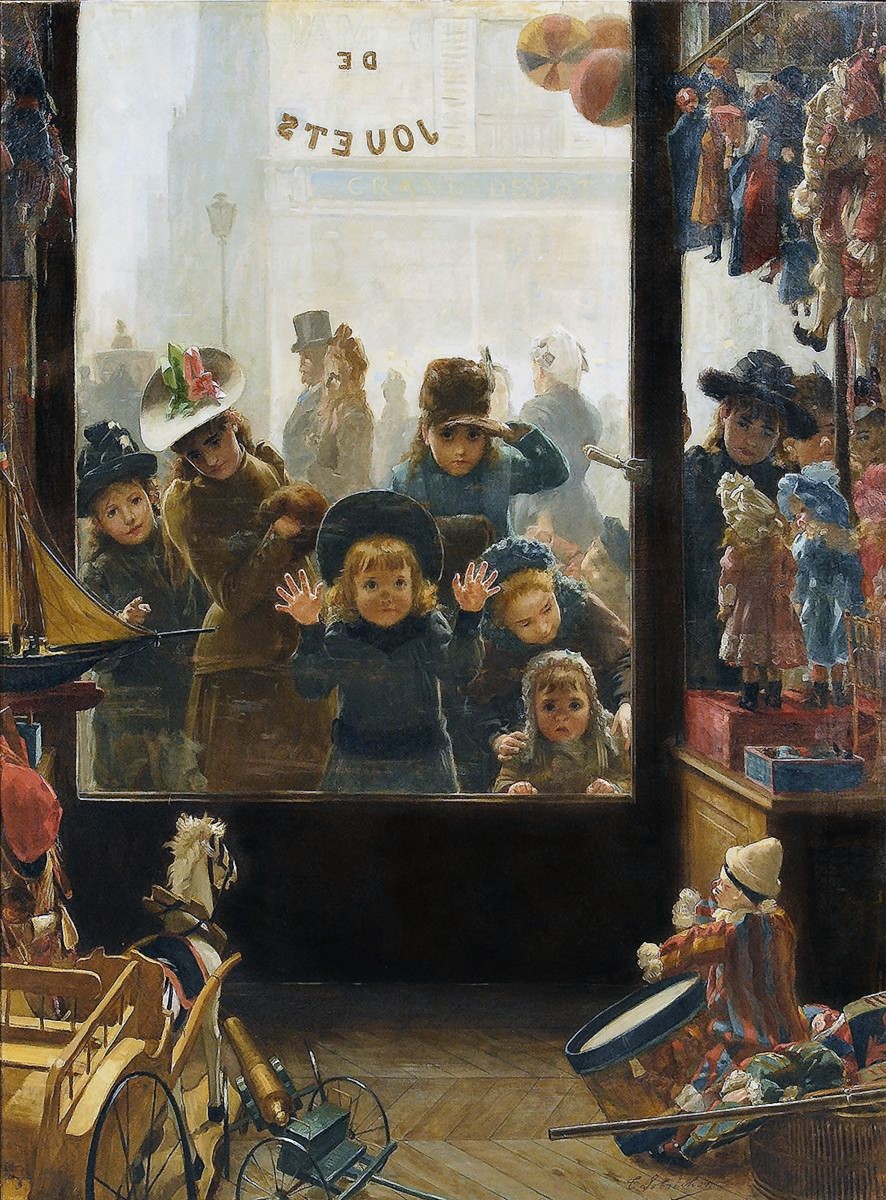Cristiano Banti (4 January 1824 - 4 December 1904) was an Italian genre and landscape painter. He was a leading figure in the Macchiaioli movement of Tuscany.
Banti was born into a middle class family in Santa Croce sull'Arno. A scholarship enabled him to study at the Accademia di belle arti di Siena with Francesco Nenci.
At this time, he worked in the Neo-Classical style and produced what is perhaps his best-known work, Galileo Facing the Inquisition.
In 1854, he moved to Florence and became an habitué of the Caffè Michelangiolo, an important meeting place for local artists.
It was here that he had his introduction to the Macchiaioli movement.








